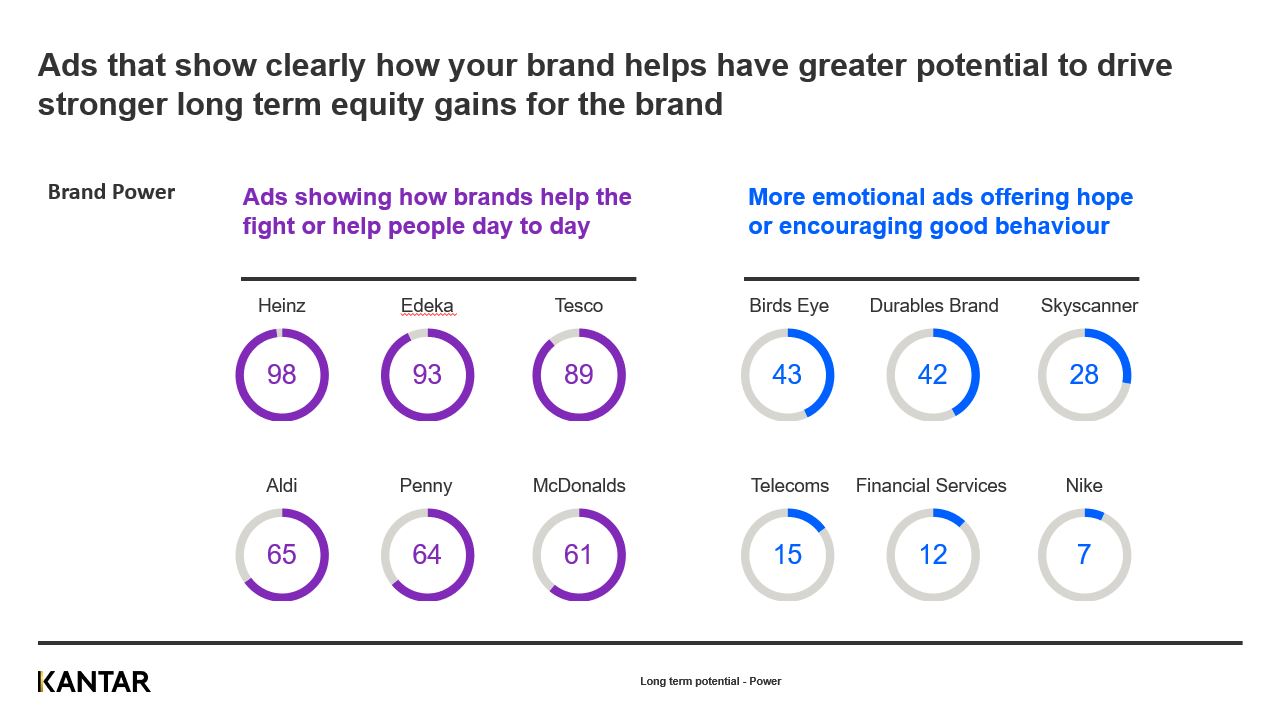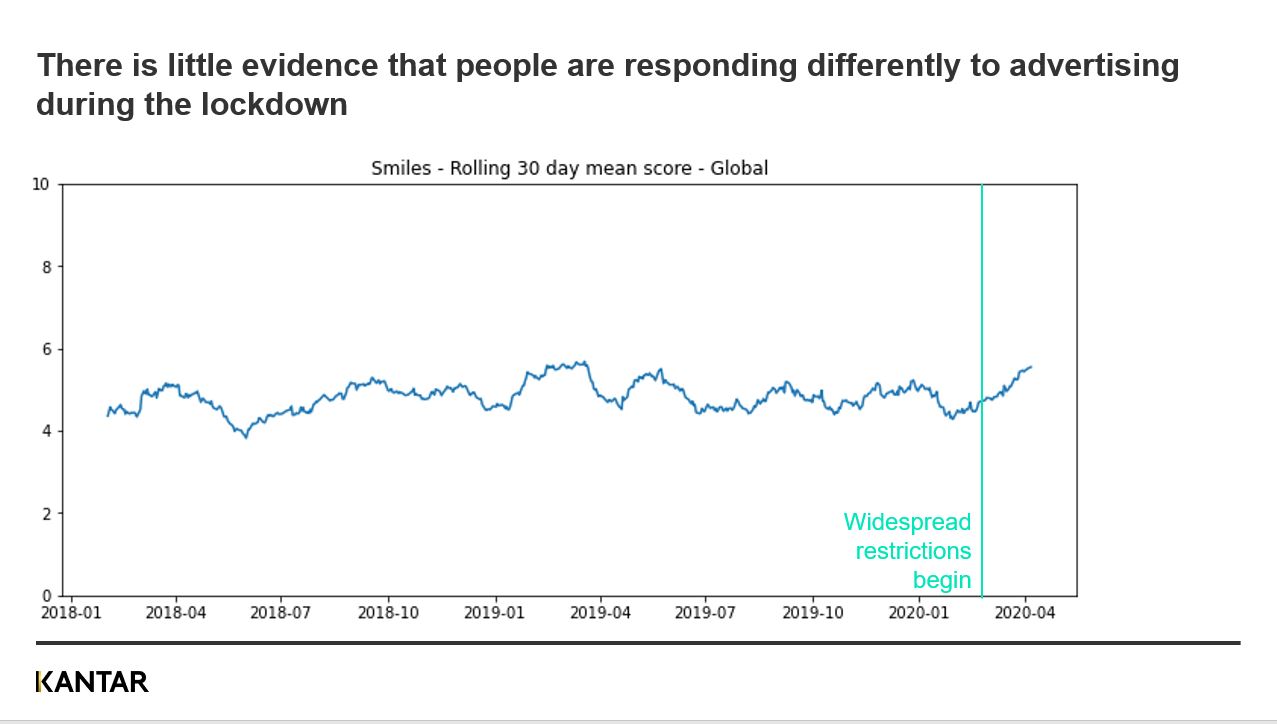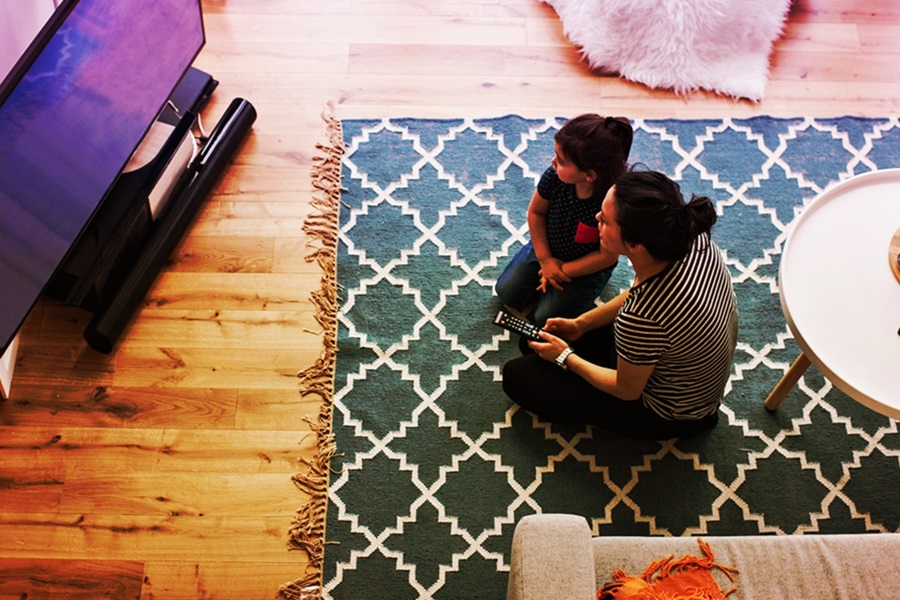Psychologists know that interpersonal communications are inescapable, irreversible, complicated and contextual. In other words, unless you are secluded on a deserted island, like Tom Hanks in the movie Cast Away, you are going to need to talk to other people and not just volleyballs. Communications are irreversible because, as anyone who has said something that they regret in the heat of an argument knows, it takes a lot of backpedalling to ‘take back’ what you say and make amends. Communications are complicated because we all have a past, back stories and place different meanings on things. Communications are not just about what you say; they are just as much about what you don’t say, and what others believe about your intentions and expected actions. Finally, they are contextual because the when, where, who, and why matter.
The details are important in communications – for example, take timing. We all have experienced a moment when we slap ourselves on the forehead for our impatience, having been too eager to ask a question and consequently not received the answer we had hoped for – all because it was not ideal timing for the other person.
To communicate is human
These four principles are key to effective brand communications during coronavirus. Kantar COVID-19 Barometer Wave 1 analysis shows that just 8% of people think that businesses should stop advertising right now. The vast majority think that brands should continue communicating. They see it as normal, a welcome distraction and a reminder that life goes on. We know from BrandZ that strong brands recovered nine times faster after the global financial crisis in 2008. We also know that a suspension of advertising for more than six months can have deleterious effects on brand health.
Listen and think first, then talk
More specifically, our research indicates people prefer that brands talk about what they can do to help society and provide reassurance to communities. However, 74% believe that brands should not exploit the current situation to promote the brand. One banking brand we examined in the UAE communicated about the health hazards of using currency in the current situation, but they then used the opportunity to promote their currency card. Public response was not positive. Communications are irreversible, so brands need to think carefully about what they say.
It’s complicated
Still it can be hard for brands to know what to say in current times. When a friend is upset saying something such as, ‘I can see you’re upset, and I’m sorry to see this”, can be helpful enough. Feelings are acknowledged and validated. Other times, it is important to add something useful to the conversation, especially when a problem is serious or persistent. People’s expectations of brands during COVID-19 are no different. Empathy is necessary but people are expecting more practical support. We see this in the positive audience responses to a Tesco ad from our recent study to understand the impact of COVID-19 on attitudes and perceptions to advertising, using Link Now.
The Tesco ad explains in-store physical distancing guidelines in very practical terms. As one respondent commented, “It gives clear explanations of what shoppers can expect from their shopping experience during the COVID-19 crisis. It does not try to advertise Tesco products, but focuses entirely on the safety of shoppers and workers.” This ad scored in the top 5% for creating brand salience and top 10% for conveying meaning in our research — strong indicators of a well-performing ad.
Separate analysis of a set of ads that launched in Germany after the onset of coronavirus found that ads that show how the brand can help in practical terms performed better than those that just provided emotional reassurance. Globally, we are seeing audience fatigue in response to advertising that speaks to coronavirus without providing practical help. Perhaps, like with people, when you have nothing useful to say, it’s best to maintain the status quo and proceed as usual — in this case, advertise as you normally would.

Context is key
With clarity around the basic rules of engagement for advertising, marketers then turn to the details. Is using humour okay? How about showing scenes of prohibited behaviours, such as having a BBQ with friends and family, or playing group sports outdoors? What if your brand is in a high-demand category? Kantar COVID-19 Barometer finds that globally 40% if people believe that brands should avoid humorous tones in advertising. So, caution is advised. But attitudes around this vary considerably country-to-country, from 62% in India to just 29% in the Netherlands, so context matters.
Brand appropriateness matters as well, as always. Depicting prohibited behaviours in advertising doesn’t seem to pose an inherent problem either, as long as they are part of the narrative - not the point of it. This is according to research we conducted in 12 countries on 30 ads from before and after the onset of the coronavirus, covering brands from a range of consumer categories including, alcoholic beverages, entertainment, food, household products, retail and technology. Similarly, this pre- and post-testing of a household cleaning product ad shows that brands in high-demand categories can not only advertise, but potentially do so with increased relevance that receives higher scores.
Business as usual
Historical trends analysis from Affectiva finds little evidence that people are responding any differently to advertising during lockdown. Our pre- versus post-coronavirus ad study confirms this, showing that there are no significant differences in audience responses, across seven key measures from enjoyment through to the power to build brand equity. This and other Kantar research reaffirms the importance of advertising towards maintaining brand health. And businesses can use the principles of interpersonal communications to navigate the current advertising landscape. Brands that communicate with emotional intelligence and authentic empathy will be rewarded with loyalty… just like people.

Our Link suite of ad testing solutions evaluates all forms of advertising to help you optimise your creative and maximise return on investment. Available via our research and insights store, Kantar Marketplace, you can quickly pre-test your TV, digital, outdoor, print or point of sale advertising with Link to ensure your creative is effective, in as few as 6 hours. To find out how we can help you navigate the creative journey get in touch or visit kantarmarketplace.com.

